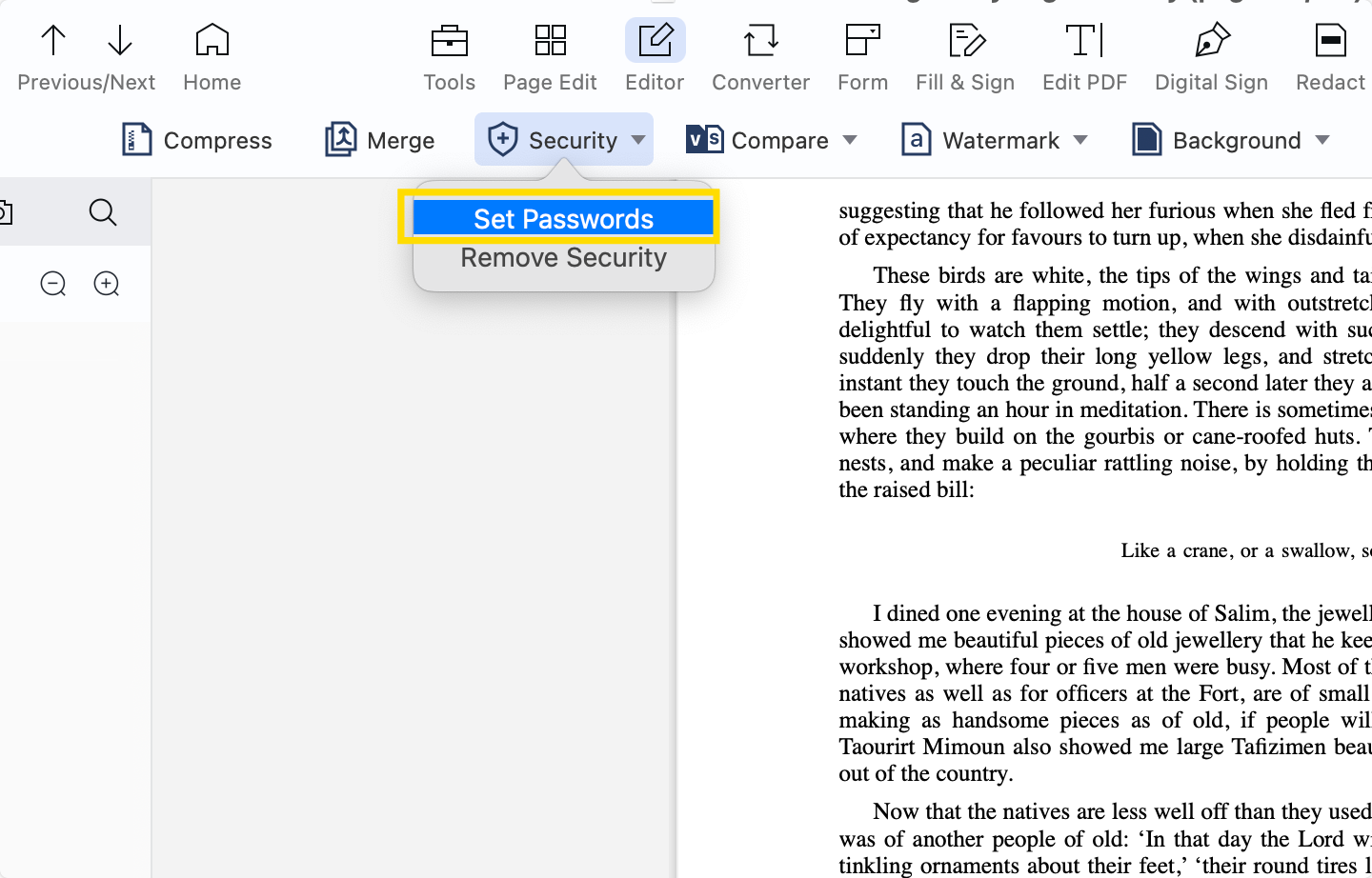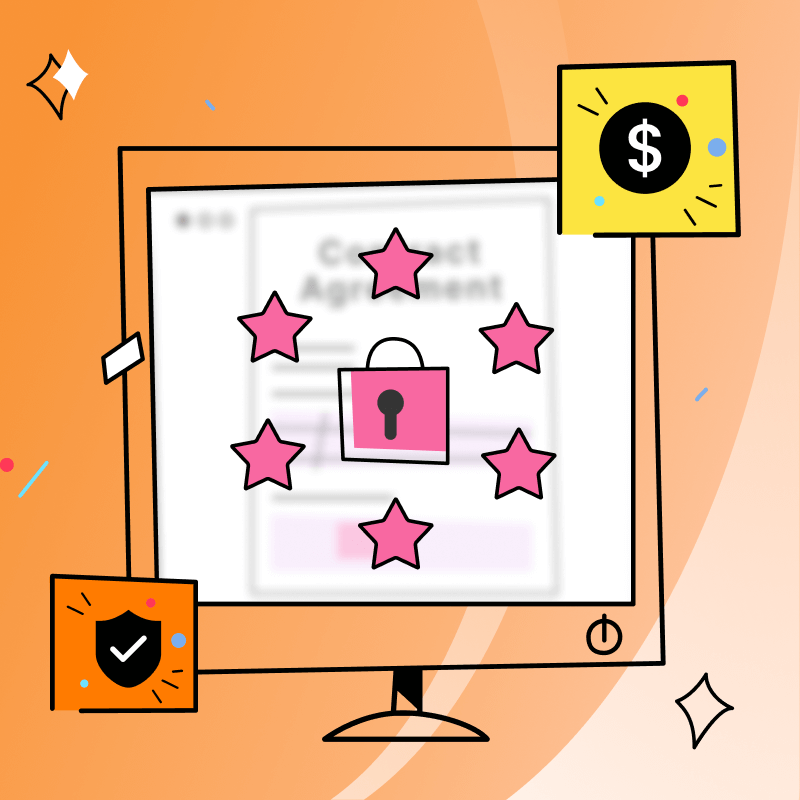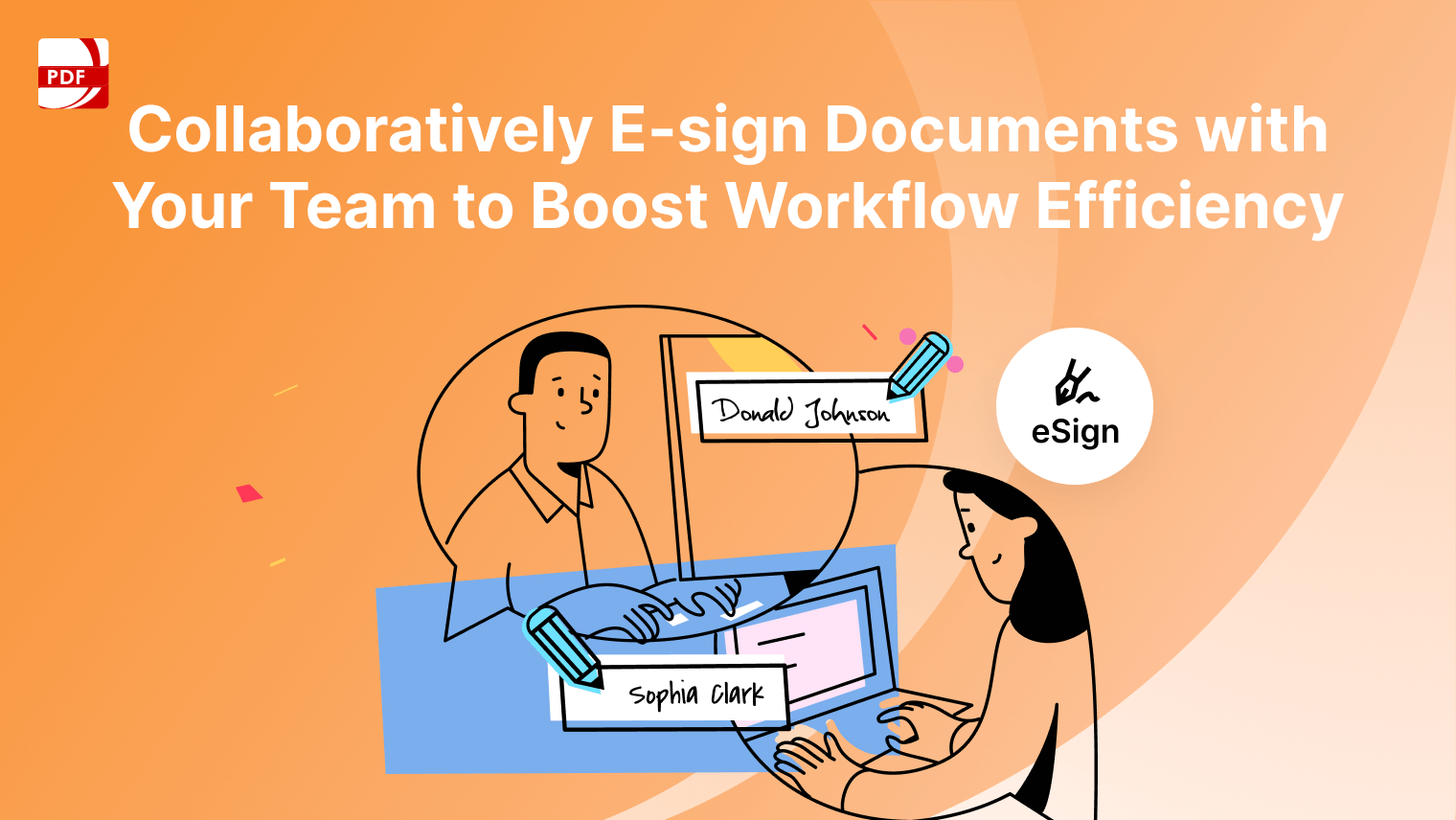Financial institutions must adopt robust measures to safeguard client information, meet regulatory requirements, and build customer trust.
Here’s how they can enhance document security and ensure compliance.
Implement Encryption Protocols
Financial institutions should focus on using end-to-end encryption to make sure their communications and document sharing are secure. It's important for keeping private info safe from anyone who should not see it, covering everything from emails and client statements to loan agreements and other financial records.
Common Threats to Document Security
- Cyberattacks (malware or viruses)
- Data Breaches (hackers stealing information)
- Insider Threats (unauthorised access)
- Vulnerabilities (using legacy systems)
It's possible to prevent these threats from affecting your documents by implementing:
- Password-protection/Encryption
- Redaction
- Secure digital signatures
We recommend investing in a comprehensive tool like PDF Reader Pro which can do all of the above, including AES-128, AES-256, or RC4 encryption.
Download the latest version, available on Mac, Windows, iOS, and Android:
Tip from PDF Reader Pro
Follow the steps in this quick guide to learn how to encrypt your PDF files:
Step 1: Open Your File
Step 2: Click on "Editor"
Choose "Security" and select "Set Passwords".
Step 3: Choose a New Password
Click on "Encrypt" to finalize.
Use MFA on Devices and Accounts
These institutions can bolster their authentication process by implementing multi-factor authentication (MFA).
MFA adds multiple layers of security by requiring users to verify their identity using a combination of factors: something they know (like a password), something they have (like a mobile phone or hardware token), and/or something they are (like biometric data, such as fingerprints).
Make Use of Cloud Storage
Cloud storage solutions must provide features like automatic encryption, redundant backups, and geo-redundancy (storing copies of data across multiple locations to prevent loss in case of an outage).
This not only ensures document security but also enables easier compliance with regulations like GDPR or the Financial Industry Regulatory Authority (FINRA).
Tip: When selecting a document storage solution, verify that the provider adheres to security certifications like ISO 27001, which ensures they meet global security standards.
Secure Collaboration and Sharing
Sharing sensitive documents through unsecured means can expose them to unauthorized access.
Companies can mitigate the risk of unauthorized access by employing document-sharing platforms that implement end-to-end encryption and robust access controls.
Employee Education
As part of their training, employees should be taught how to identify suspicious emails and communications, securely transfer and store documents, and create and maintain strong passwords.
Training should include guidelines on:
-
How to recognize suspicious emails or communication attempts.
-
Secure methods of transferring and storing documents.
-
The importance of strong password hygiene and regular password changes.
Check back in regularly to see more content about the latest software, product comparisons and more top tips your business can use.




 Free Download
Free Download  Free Download
Free Download 





 Support Chat
Support Chat